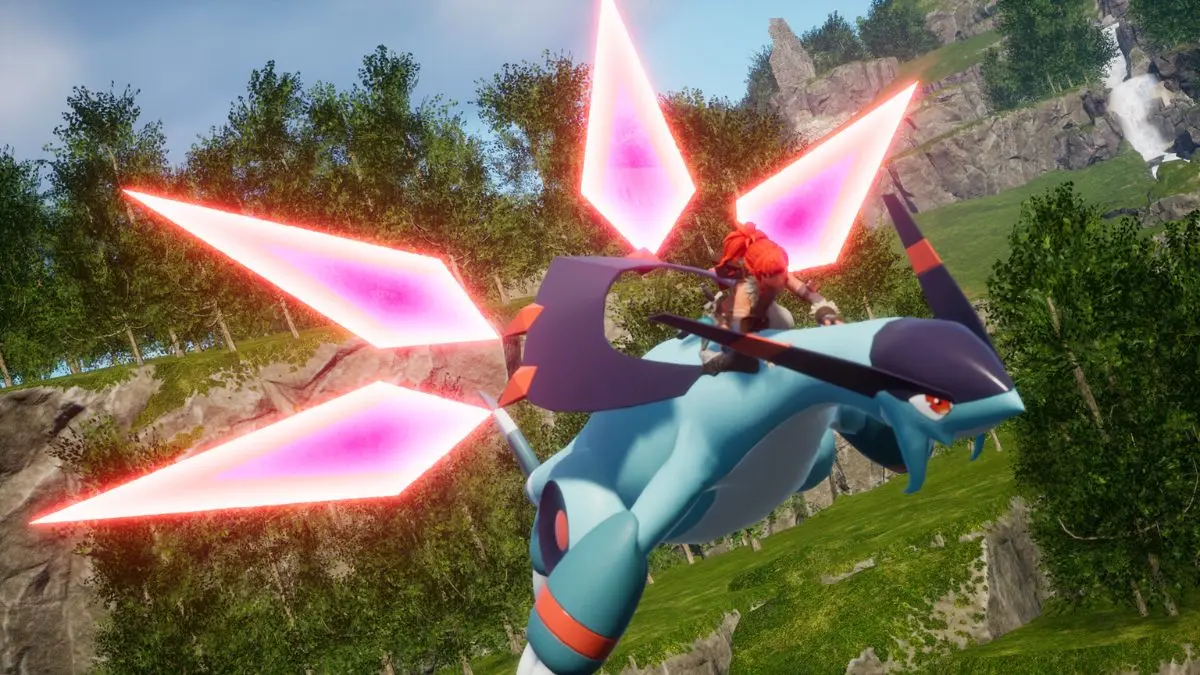The gaming world is abuzz with the recent allegations against Palworld, a game by developer Pocketpair, accused of plagiarizing elements from the globally renowned Pokémon series. This case has garnered attention for its potential implications on intellectual property rights within the gaming industry.
Key Highlights:
- Palworld accused of plagiarizing Pokémon as game sells 6 million copies.
- The similarities in 3D models between Palworld and Pokémon raise questions of legal action from The Pokémon Company.
- Experts suggest the evidence could be compelling for a legal case.
- PocketPair CEO claims Palworld cleared legal reviews with no action taken by other companies.

The Controversy Unveiled
Palworld, despite its commercial success with over 6 million copies sold, is under scrutiny for its striking similarities to Pokémon. The accusations center around the game’s creature designs, which some experts in the gaming industry argue are too close to Pokémon models to be mere coincidence.
Palworld’s sales success, crossing 6 million copies, has been overshadowed by allegations of its striking resemblance to Pokémon. The controversy centers not just on the conceptual similarities but extends to the finer details of creature design and game aesthetics.
Legal Implications and Industry Response
The legal implications of this controversy are significant. Intellectual property and digital media lawyers have suggested that if the similarities in the 3D models can be proven, it would represent a substantial case for The Pokémon Company. However, proving outright plagiarism rather than inspiration or influence is a complex legal challenge.
PocketPair’s Stance
In response to the allegations, PocketPair CEO Mizobe has stated that Palworld passed legal reviews and there has been no action against it by other companies. Mizobe emphasizes the company’s commitment to not infringe upon the intellectual property of others.
A Unique Case in the Gaming World
What sets the Palworld plagiarism case apart is the fine line between inspiration and copying. Unlike previous instances where games were removed from platforms like Steam for asset copying, Palworld‘s case hinges on the similarities in design and style, which is a more subjective area.
PocketPair’s Defense
In defense of the accusations, PocketPair CEO Mizobe has stated that Palworld underwent rigorous legal reviews and insists that the game does not infringe upon the intellectual property rights of any other company. This defense highlights the complexities involved in proving plagiarism in game design.
The Bigger Picture in Gaming
The Palworld case is not just about one game allegedly copying another; it’s about how the gaming industry views and handles intellectual property rights. This controversy could set a precedent for future cases and influence how game developers approach design inspiration.
Industry Experts’ Opinions
Several industry veterans have commented on the controversy, noting the fine line between being inspired by and directly copying another game’s designs. Some have argued that the resemblance in Palworld goes beyond mere inspiration, potentially entering the realm of intellectual property infringement.
The Palworld plagiarism controversy highlights the challenges in distinguishing between inspiration and copying in the gaming industry. While legal action remains a possibility, the outcome of this case could set a precedent for how similar cases are handled in the future.


















